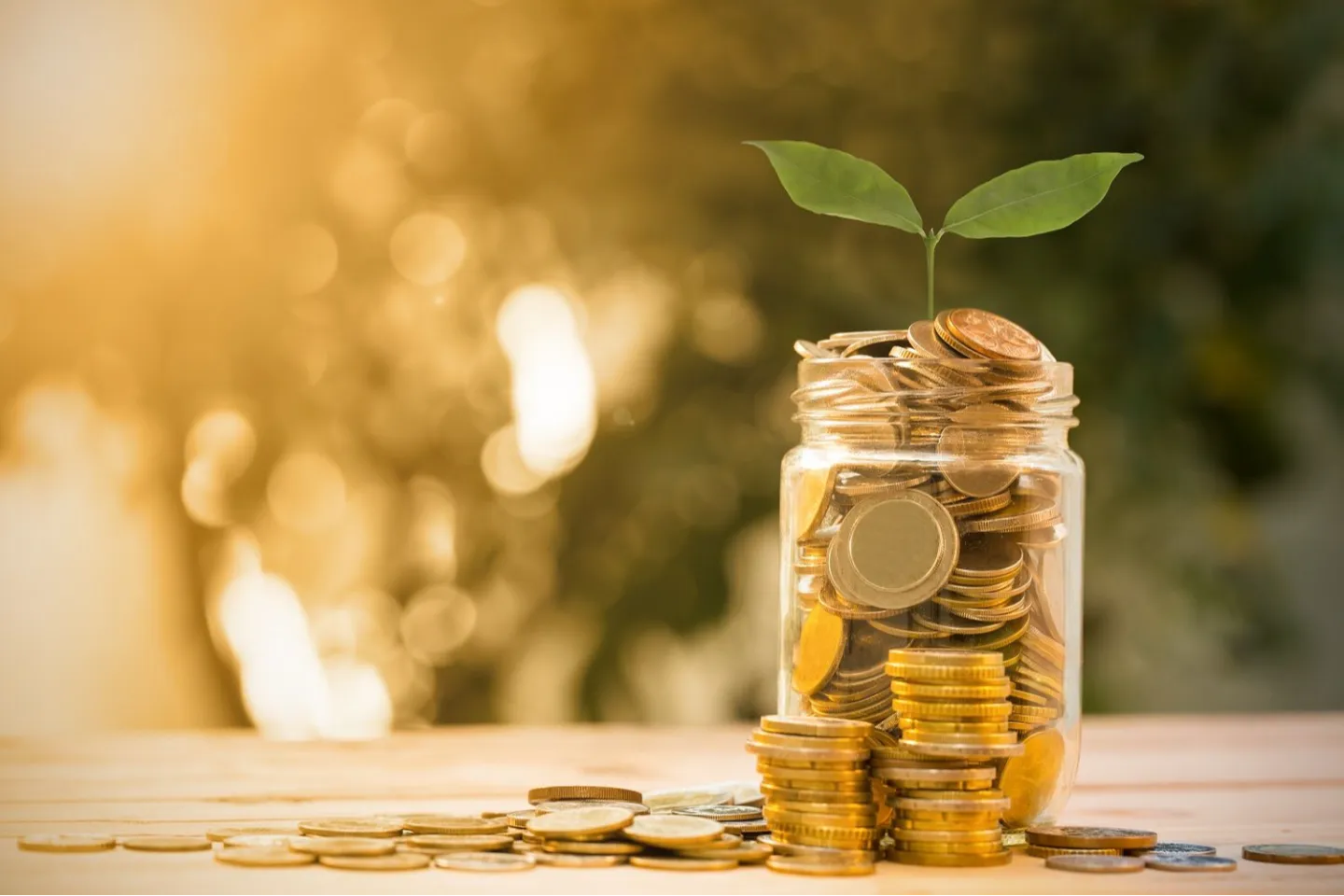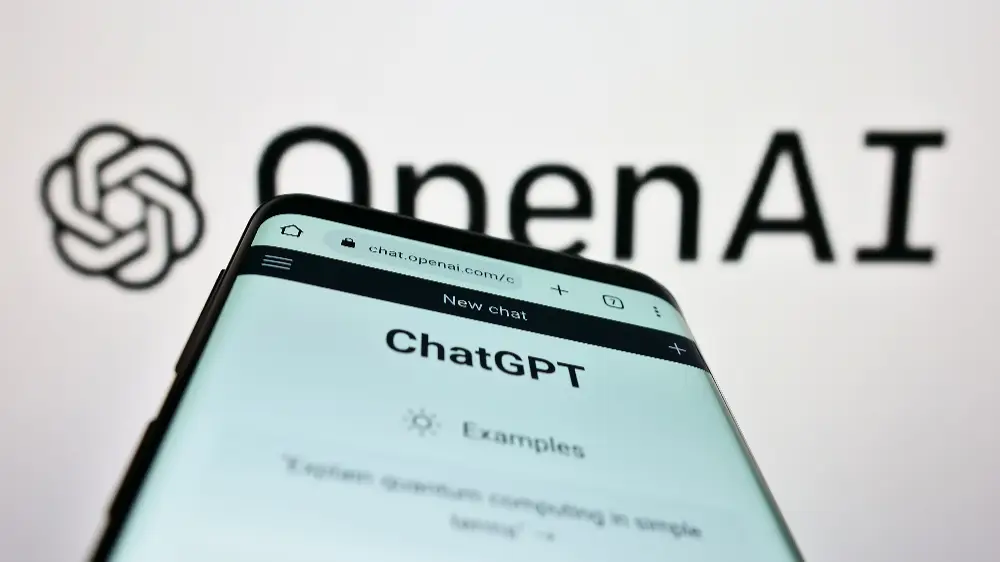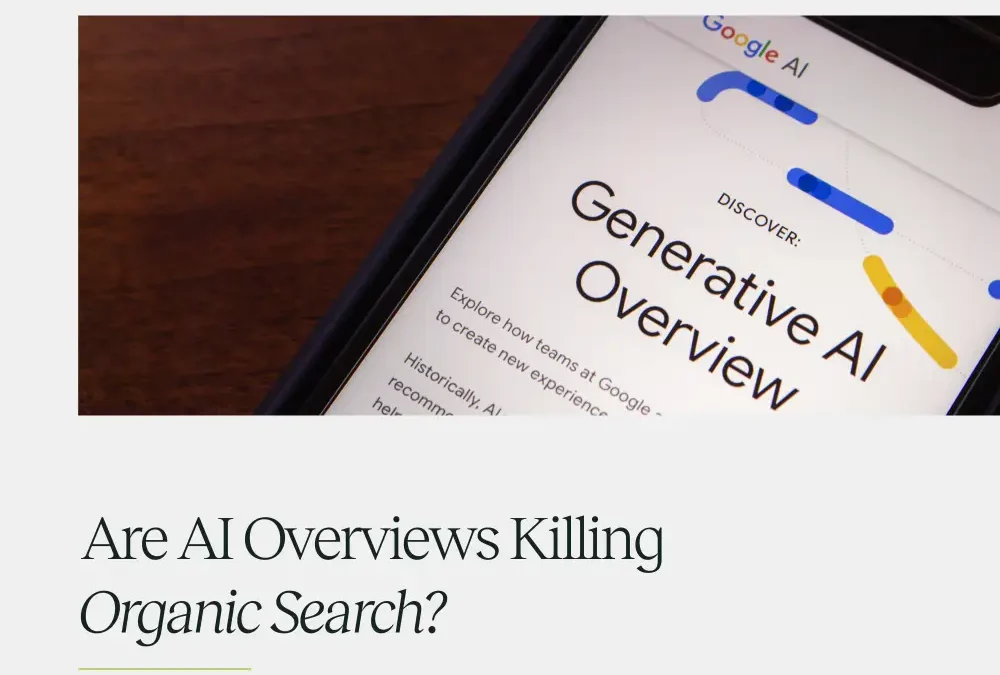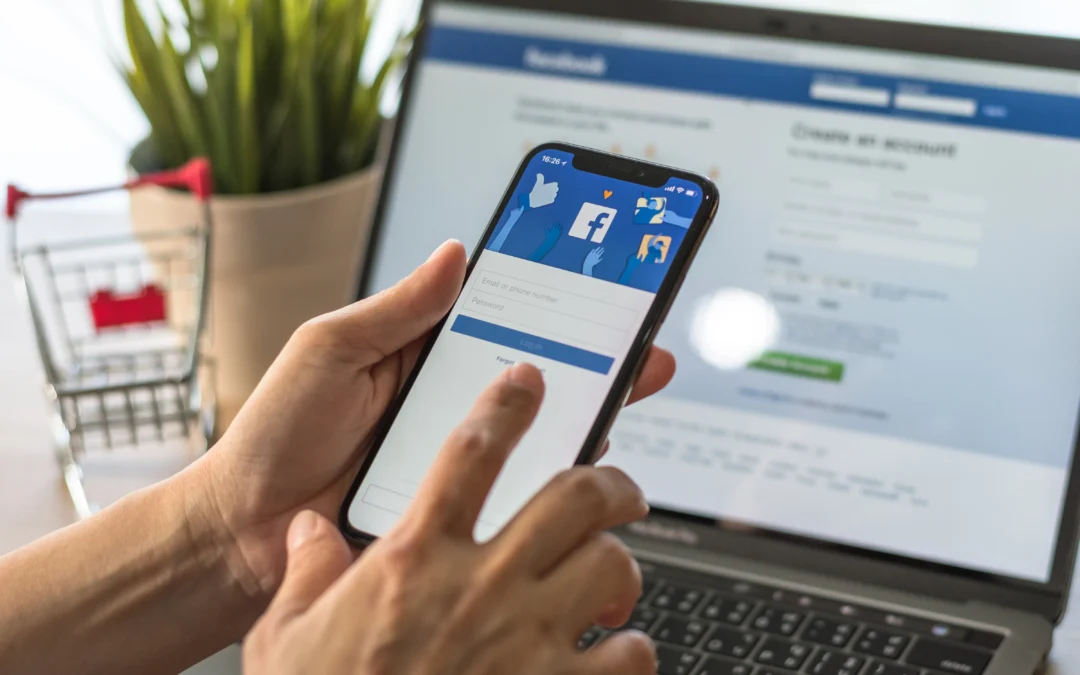Every website, from SaaS platforms to agencies like Platform Marketing Agency, operates with a built-in funnel. The question is: how effectively does your site convert casual visitors into loyal clients? Depending on your goals, you may hear about several types:
- Sales funnel: Covers the active selling process, such as prospecting, calling, qualifying, and closing deals.
- Marketing funnel: Focuses on how campaigns attract and nurture prospects across different channels.
- Website funnel: Maps the online journey from a visitor’s first click to a completed action such as a purchase, booking, or enquiry.
In this blog, we are going to focus on the website funnel, because it is the clearest way to understand how your site converts casual visitors into paying customers.
What Are the Best Website Funnel Stages to Use?
There is no single way to divide a website funnel into stages. The right framework depends on your business model, audience, and goals. You will discover the best structure once your funnel is live and you begin to analyse the data.
Here are some of the most common website funnel frameworks:
- AIDA: Attention, Interest, Desire, Action
- Ecommerce: Attention, Interest, Decision, Action, Loyalty
- PAS: Problem, Agitation, Solution
- Customer Value Optimisation (CVO): Product/Market Fit, Traffic Source, Lead Magnet, Tripwire, Core Offer, Profit Maximiser, Return Path
Each framework offers a different way of thinking about the customer journey. For example, PAS is useful for copywriting and direct-response campaigns, while CVO works well for ecommerce brands looking to maximise lifetime value with upsells and loyalty paths.
For this blog, we will focus on the AIDA model. It is simple to understand, matches naturally with how most website metrics are tracked, and has more than a century of proven marketing tactics behind it. AIDA is also flexible enough to expand later with additional stages such as loyalty and retention.
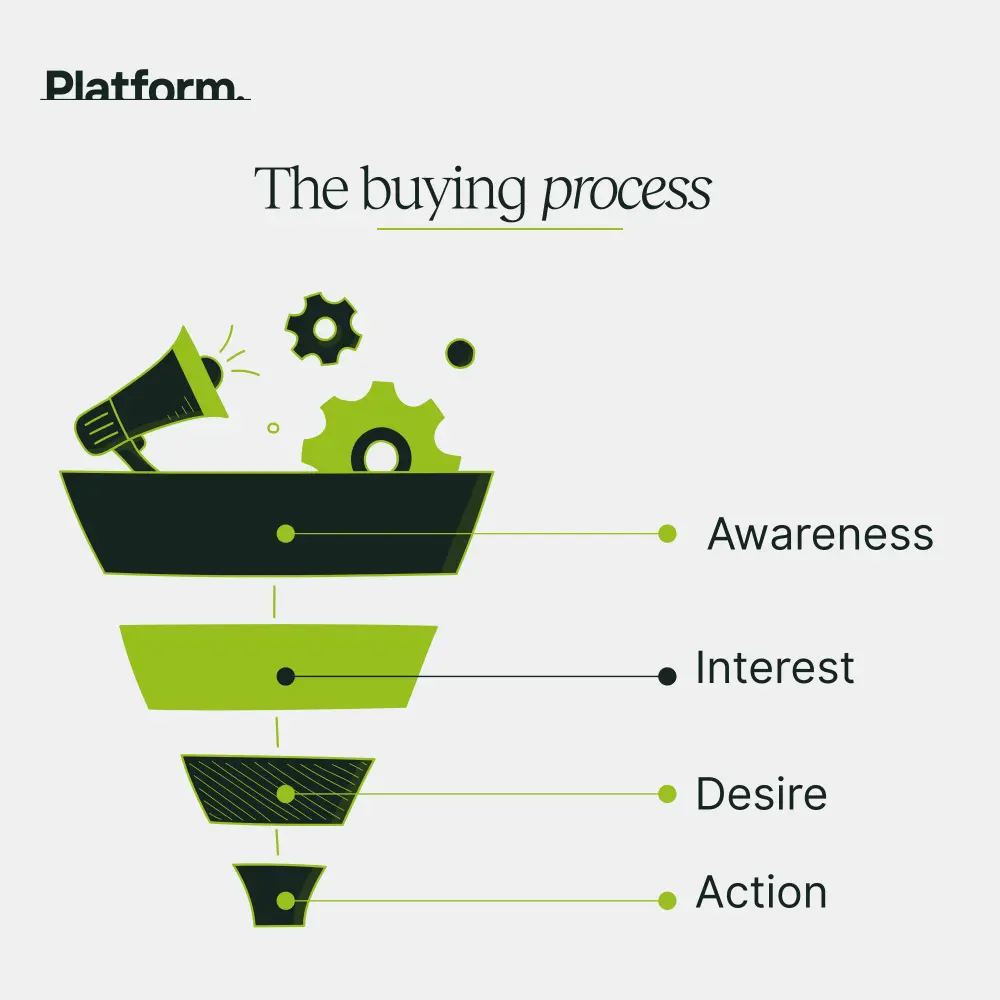
The AIDA Website Funnel Explained
Awareness
As soon as someone visits a website, they have entered the funnel. At this point, they are “aware” of the brand. Analytics tools such as Google Analytics record the unique session, but behind that data point is a real person exploring. If the visitor fits the target audience, they are now making an early judgement about whether the brand is worth their time, trust, or money.
The goal of this stage is simple: attract the right people to the site. Any marketing channel can play a role, as long as it targets the right crowd and makes it easy for them to land on the page. Some of the most common awareness strategies include:
- Paid search: Effective for capturing people already searching for solutions. Brands often send this traffic to tailored landing pages rather than generic home pages.
- Paid social: Excellent for raising awareness among a highly defined audience, often with engaging creative such as vertical video ads.
- Organic search: A long-term strategy (6 to 18 months) that builds authority and delivers high-intent visitors over time.
- Influencer partnerships: Particularly effective for niche audiences. Micro-influencers with smaller, engaged followings often perform better than larger accounts.
Each channel has costs and trade-offs, and not all will work equally well for every business. The important step is to monitor how different traffic sources behave inside the funnel.
Example: Tesco, one of the UK’s best-known retailers, uses a mix of national advertising, local targeting, and loyalty promotions like Clubcard pricing to continually bring new customers into its funnel.
Interest
Once visitors arrive, the next step is to hold their interest. Content is the most effective tool for this stage.
Brands need to understand what their audience wants to know: industry insights, product details, answers to specific questions. Website content such as blog posts, guides, and explainers positions the brand as an authority while giving visitors useful information. This is also where SEO content can work hardest, drawing in users who are actively seeking solutions.
At this stage, most visitors remain anonymous. They may be browsing casually, and some will never become customers. The goal is not to convert everyone but to nurture the segment most likely to buy. High-quality content encourages users to explore further, follow on social media, or sign up for updates.
A powerful way to move visitors closer to the next stage is with a lead magnet. This is a valuable resource offered in exchange for an email address. Examples include downloadable guides, discounts, or gated content. An effective lead magnet should appeal only to the target audience, ensuring the email list is filled with qualified leads rather than curious passers-by.
Common ways to present a lead magnet include:
- A prominent button in the navigation menu
- A banner, slider, or sidebar on key pages
- A timed or exit-intent pop-up
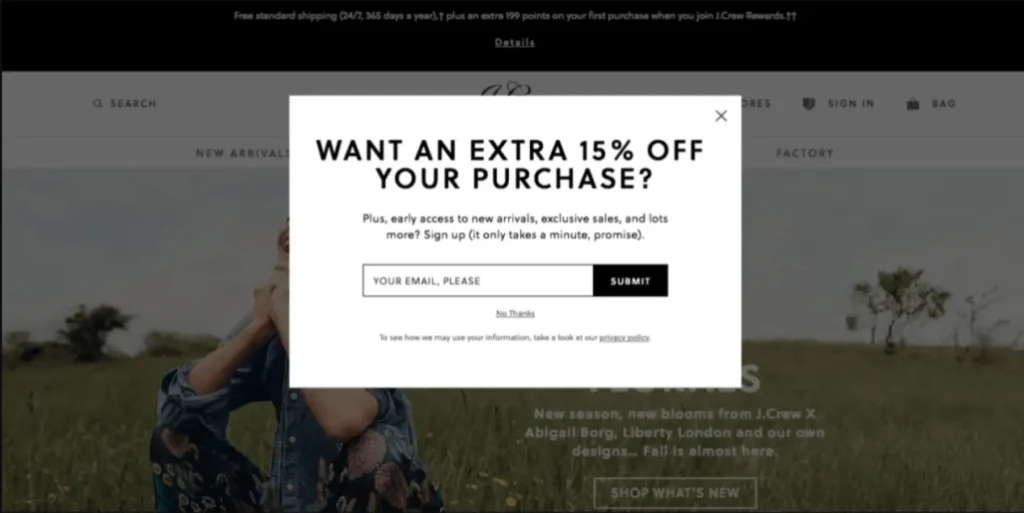
Once the visitor has opted in, the brand can nurture them further with useful emails and content, keeping the connection alive even if they leave the site.
Desire
At the desire stage, visitors are moving from casual interest to serious evaluation. They may be comparing competitors, checking product specs, or looking for reassurance.
The type of content that works here is more detailed and persuasive than earlier stages. Examples include:
- In-depth product descriptions or technical specifications
- Case studies and whitepapers
- Demo videos or webinars
- Detailed FAQ and returns policies
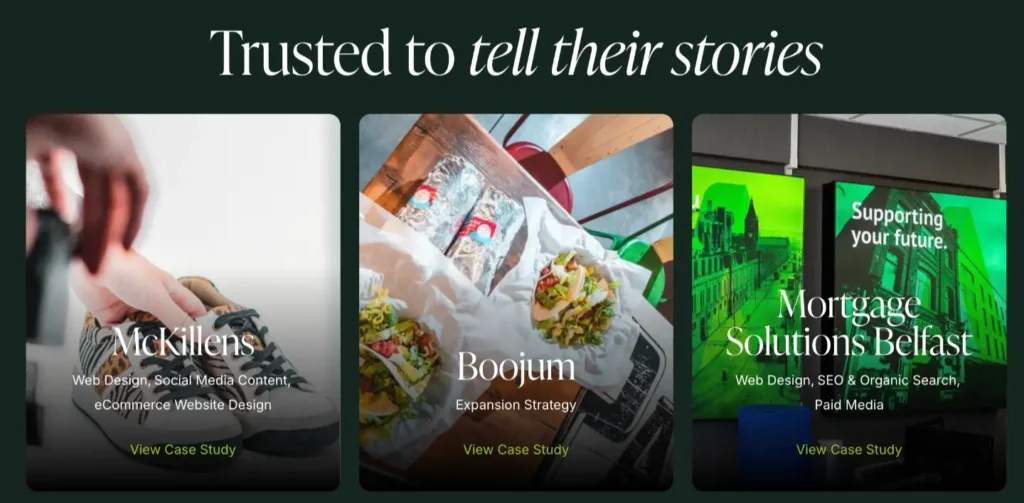
This stage is also where social proof matters most. Reviews, testimonials, client logos, and trust badges reduce perceived risk and help visitors feel confident in saying yes. The goal is to show why the offer is not only relevant but also irresistible.
Action
The final step of the funnel is action. This is where the visitor becomes a customer, filling out a form, making a purchase, or booking a consultation.
By now, most of the questions and doubts should already be answered. Content at this stage should remove friction and make the process as straightforward as possible.
Key characteristics of this stage include:
- Clean, distraction-free pages focused on a single goal
- Short, user-friendly forms
- Clear reassurance signals such as security badges or money-back guarantees
- Strong and visible calls to action
Steps To Set Up a Website Funnel That Tracks Conversions
1) Map your ideal buying processes
List the outcomes that matter most, such as leads, demo bookings, purchases, or newsletter signups. Work backwards from each outcome to the milestones a user must hit. Keep paths simple to start, then allow for variants by traffic source. Identify micro conversions such as video plays, downloads, or clicks on phone and email.
2) Configure GA4 to capture those events
Translate milestones into GA4 events. Where GA4 already collects something, mark the important ones as Key events. For actions GA4 does not collect by default, create or modify events. For example, a custom generate_lead when the thank you page loads. Use Google Tag Manager or the Google tag, test in DebugView, then mark events as Key events.
GA4 create event guide
3) Bring the right traffic into your funnel
Pair event tracking with disciplined acquisition. Use consistent UTM tagging for campaigns, then review Acquisition and Key event rates by source and medium. Link Google Ads to GA4 to optimise campaigns to Key events. Use Funnel exploration in GA4 to spot drop-offs.
4) Run a rapid CRO audit to remove friction
Check Core Web Vitals for loading speed and stability, and fix pages that perform poorly. Use PageSpeed Insights for improvement suggestions. Confirm forms are short, mobile-friendly, and error-tolerant. Remove distractions near your primary CTA, and display reassurance signals such as reviews and security badges above the fold.
Measuring Your Funnel: Setting up GA4
You cannot improve what you do not track. Here is how to monitor funnel stages effectively:
- Identify Key Events for Each Stage
- Awareness: Page views on service or landing pages
- Interest: Lead magnet downloads or newsletter subscriptions
- Desire: Pricing page views or case study downloads
- Action: Contact form submissions or “book a call” clicks
- Create and Mark Key Events in GA4
- Go to Admin → Events → + Create Event
- Create a new event (for example, generate_lead) triggered by a thank you page
- Toggle “Mark as key event”
Google GA4 events guide
- Monitor and Analyse
Use GA4 Explorations to map drop-offs, micro-conversions, and common user paths. Review traffic quality and funnel performance monthly.
Final Thoughts
A website funnel is not about forcing conversions. It is about guiding and supporting potential clients through every stage of their journey, using clarity, value, and trust. With strong content for interest, trust-building for desire, and smart tracking for action, Platform Marketing Agency can turn casual visits into meaningful client relationships.

